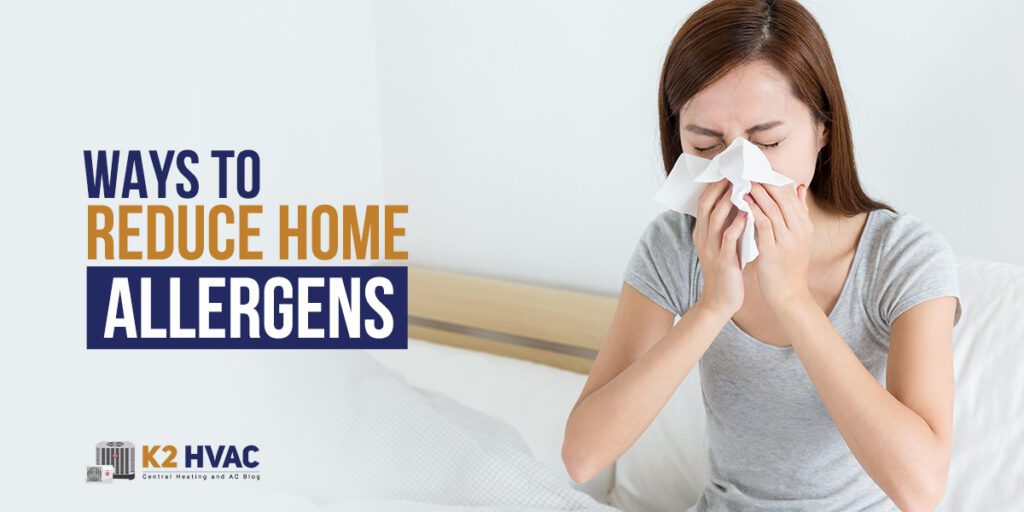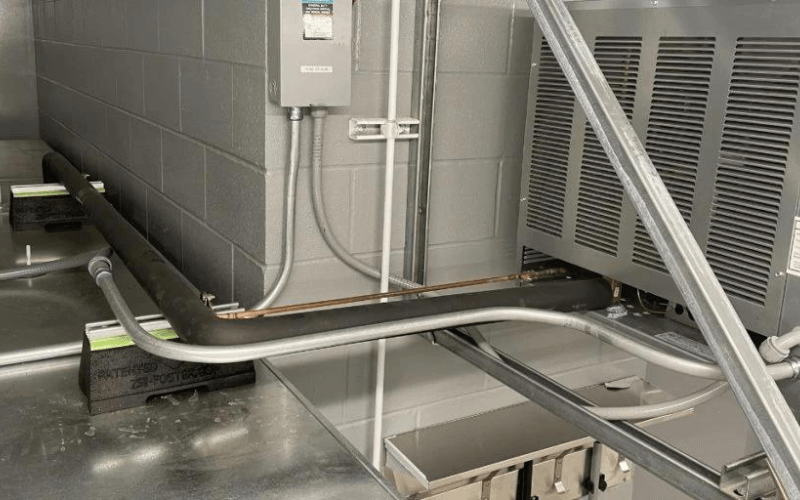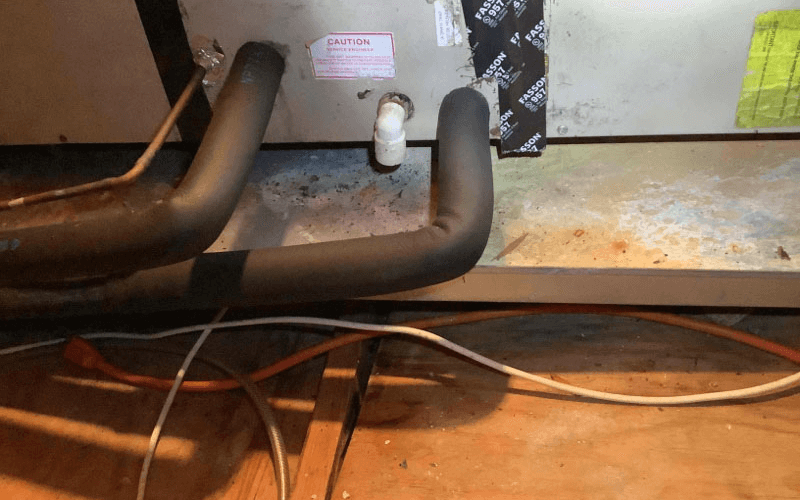The sneezing, the watery eyes, and the itchy skin can drive you to distraction in a hurry. That’s why you need to learn how to reduce home allergens. You can decrease your chances of suffering from sneezing or itching by taking steps to control your home environment and make it a safer place for you and your family.
Research shows that 40% of children are affected by allergies, and the rate of allergy-related hospital visits has doubled over the past decade. According to WebMD, “The most common allergy triggers in the U.S. are pollen, mold, dust mites, pet dander, and certain foods.”
Table of Contents
ToggleAlso check: A Quick Guide To The Best Air Filters For Your Home
Ways to Reduce Exposure to Allergens:
Some people are more sensitive to allergens than others, but there are ways to reduce exposure to allergens for everyone in your home. Fortunately, many of these strategies involve simple changes you can make throughout your home with little cost or effort:
1. Keep your Home Clean

Keeping your home clean isn’t just a matter of tidiness, it’s essential for keeping allergens at bay. Vacuuming is good, but it doesn’t pick up pet dander. So wash bedding and soft toys regularly to reduce dust mites in the house. If you don’t have pets yourself, make sure this includes anything that belongs to other people who do! The same goes for carpets – vacuum them regularly but professionally clean them every few years or so. Finally, replace old furniture with hard surfaces like wood or stone whenever possible instead of fabric upholstery which traps lots of allergens even if it looks lovely.
2 . Wash Before You Eat
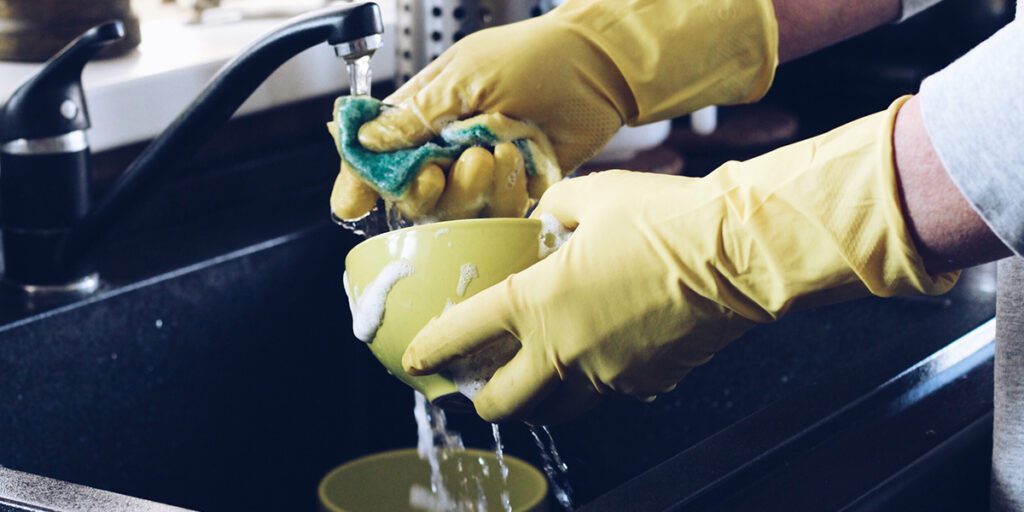
Eating out can be challenging for people with food allergies. One of the biggest problems is getting something you can eat, but it’s clear that some restaurants don’t really care. A lot of them seem to think it’s ok to serve the customer whatever leftovers are on their plate instead of giving an allergen information sheet on ingredients. It might be easier if they would just wash their hands!
3 . Never Underestimate Mites!

It isn’t only dust mites that cause allergic reactions in homes across America. Pets are also a big problem because they carry lots of allergens around with them which aren’t always easy to see. Make sure you vacuum your pet frequently – not just its bedding and toys, but your cat or dog itself too so it doesn’t spread allergens all over the place. Its fur sheds a lot, so make sure you brush it regularly too to get rid of loose hair before it clogs up your vacuum cleaner.
4 . Clean Blinds and Drapes Often
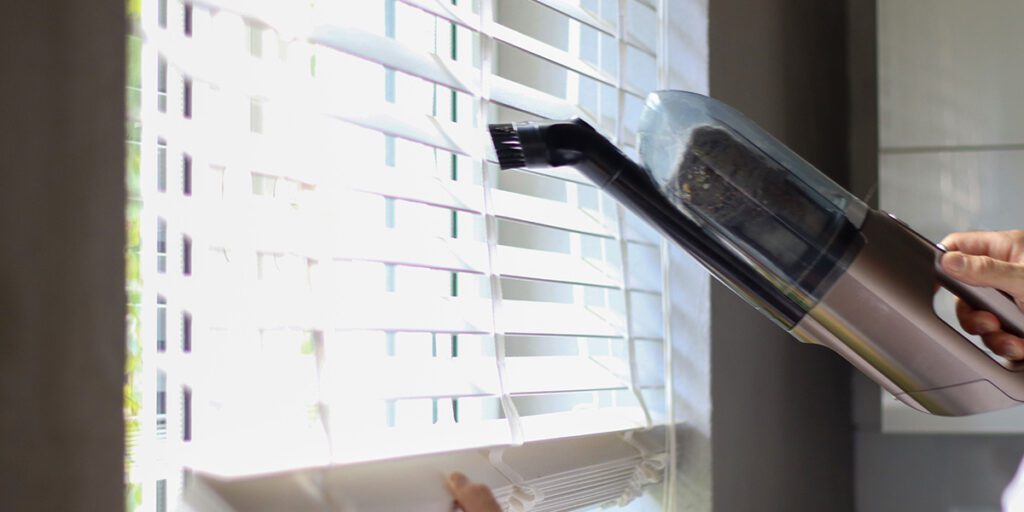
Dust mite food is any organic matter – including dead skin cells that fall from humans or pets in the home. If there’s nowhere for them to go, they accumulate but still remain damp and this gives dust mites something to feed on so they multiply quickly without anyone noticing until allergies become a problem. Make sure you clean blinds and curtains at least once every week with hot water and detergent so they don’t collect too much grime around their edges where it won’t be seen immediately by everyone.
5 . Don’t Smoke Indoors

It might be tempting to smoke indoors just because it’s more comfortable, but you’re poisoning yourself as well as everyone else in your household. Cigarette smoke makes allergies far worse by reducing the ability of cilia on respiratory surfaces to clear allergens from them easily. If you really can’t quit smoking, at least make sure you do it outdoors where it won’t make any difference to anyone around you!
Also check: Lower Humidity Levels With These Easy Tips
Conclusion:
You can reduce the presence of allergens in your home by keeping a clean, tidy environment that doesn’t harbor dust mites or mold. By paying close attention to these tips, you can minimize the chances of suffering an allergic reaction and stay healthy throughout the winter. If you are looking for more information on keeping your home safe and healthy this season, we invite you to contact our team at K2 Mechanical today.

